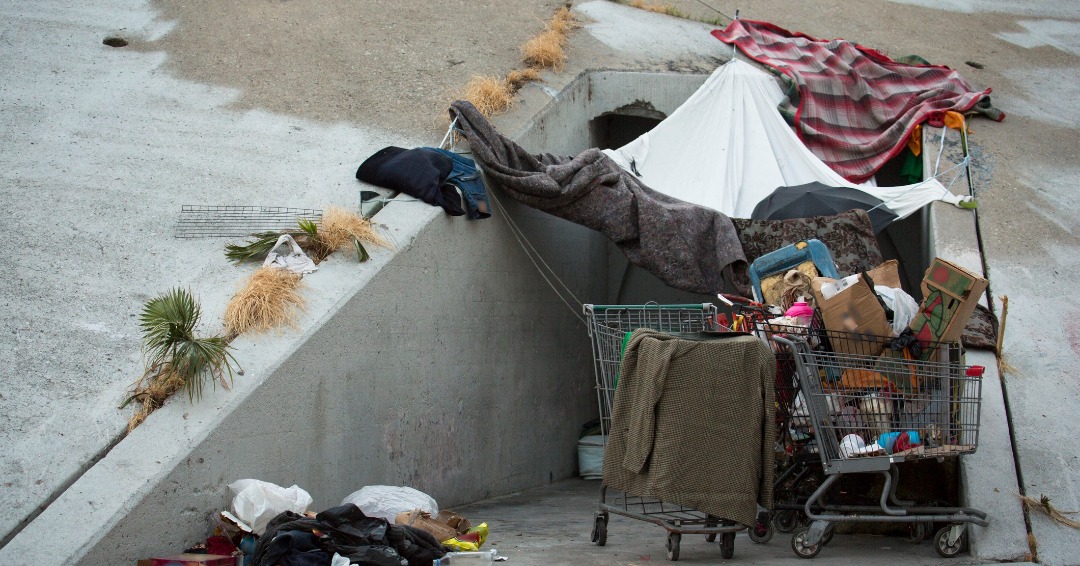The Santa Monica data comes on the heels of LAHSA’s citywide 2025 Homeless Count released last week, which revealed a historic second consecutive year of declining homelessness
Santa Monica recorded a rise in the number of unhoused individuals moving into shelters in 2025, according to new data from the Los Angeles Homeless Services Authority, reflecting localized progress in line with broader regional and citywide declines in homelessness.
The annual Point-in-Time Count found 202 people living in shelters in Santa Monica—up from 173 in 2024—while the number of people living outdoors or in makeshift structures slightly decreased, with 475 individuals counted, down by four from last year. In total, LAHSA counted 812 people experiencing homelessness in the city, a modest increase from 774 the year prior, driven by a rise in individuals living in vehicles.
The Santa Monica data comes on the heels of LAHSA’s citywide 2025 Homeless Count released last week, which revealed a historic second consecutive year of declining homelessness in Los Angeles—the first such streak since the agency began counting in 2005. Citywide, there has been a 17.5% reduction in street homelessness since Mayor Karen Bass took office in December 2022, with major gains attributed to her Inside Safe initiative and expanded interim housing efforts.
“These results aren’t just data points—they represent thousands of human beings who are now inside, and neighborhoods that are beginning to heal,” Mayor Bass said in a statement last week. She praised the collaboration with LAHSA and local leaders for resolving over 100 encampments and achieving the largest two-year drop in unsheltered homelessness on record.
Santa Monica officials echoed similar sentiments, citing the city’s own targeted strategies and partnerships. A key contributor to the increase in shelter placements has been Santa Monica’s collaboration with Los Angeles County through the Pathway Home encampment resolution program, which added 25 transitional shelter beds in the city.
“This increase in unhoused individuals moving indoors reflects the progress of our efforts,” said Heather Averick, Santa Monica’s Director of Housing and Human Services. “With our new Homelessness Strategic Plan as a guide, and continued local and regional investments and collaboration, we will remain nimble and flexible, using data to make shifts in programming as needed.”
Other local programs, like Project Homecoming, have played a long-term role in helping individuals reconnect with out-of-town support networks. Since 2006, the initiative has helped over 3,200 people experiencing homelessness in Santa Monica return to family and communities elsewhere.
Santa Monica is part of LAHSA’s Service Planning Area 5, which also includes West LA, Venice, Malibu, Beverly Hills, and other Westside communities. The region reported a 21% drop in homelessness since 2023, with 5,265 individuals counted in 2025—down from 6,669 two years ago—marking another bright spot in a region long challenged by rising homelessness rates.
Despite improvements in shelter placements, Santa Monica saw a notable rise in the number of people living in vehicles. This year’s count identified 84 cars, vans, and RVs used as dwellings—up from 63 in 2024. Outreach teams are working to connect this population with safe parking programs in Culver City and the broader Los Angeles area.
Tents and makeshift shelters declined slightly, with 20 tents and 31 improvised structures documented, compared to 21 tents and 40 makeshift shelters in 2024.
City officials said they will continue to assess policy and programmatic shifts to support unhoused populations—especially those living in vehicles—as part of Santa Monica’s broader strategic plan to address housing insecurity and homelessness.













